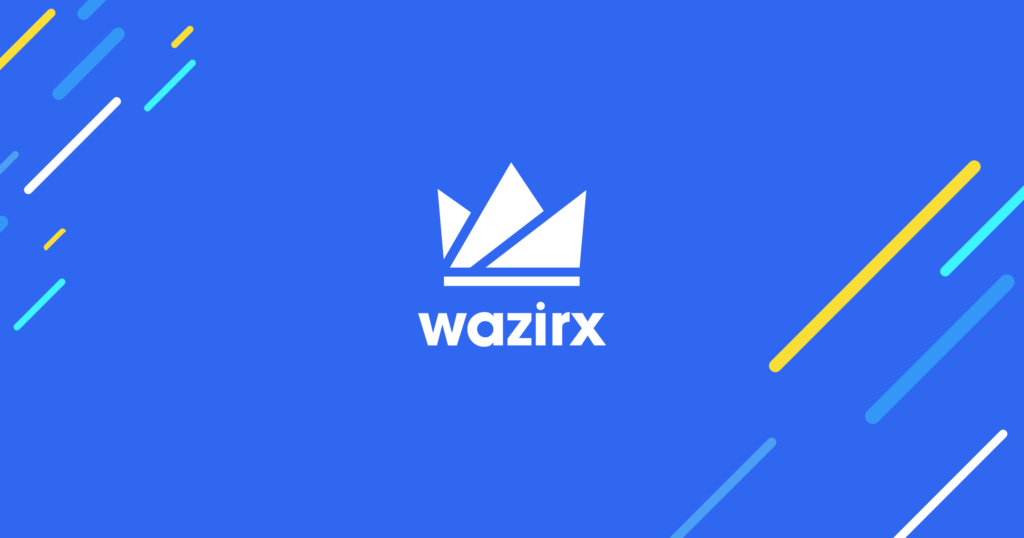WazirX, one of India’s leading cryptocurrency exchanges, has recently been embroiled in a significant controversy following a cyberattack that resulted in the theft of over $230 million worth of cryptocurrencies. This incident, the largest of its kind in India to date, has prompted a thorough examination of security measures and investor protections within the burgeoning crypto ecosystem.
Details of the Cyberattack
The cyberattack occurred on July 18, 2024, when hackers compromised WazirX’s multisig wallet—a security feature that requires multiple signatures to authorize transactions. Investigations suggest that this attack may have involved sophisticated tactics possibly linked to known cybercriminal groups. Following the incident, WazirX announced a temporary suspension of all cryptocurrency deposits and withdrawals while they worked to secure their systems and recover lost assets.

User Impact and Response
The aftermath of the hack has left over 4.3 million individual users and 640 corporate users uncertain about their funds. Many users are classified as “unsecured creditors” under Zettai, a Singapore-based parent company of WazirX. The lack of clear regulations regarding cryptocurrencies in India complicates matters further for these users, who are now trying to navigate their rights and potential recovery options.
Controversial Socialized Loss Strategy
To address the financial impact of the breach, WazirX has decided to implement a “socialized loss” strategy. This approach aims to distribute the financial burden among all users, enabling them to access a portion of their assets immediately while maintaining the possibility of further recovery1. This decision has sparked controversy and debate within the crypto community, with some users and industry experts criticizing the fairness of this approach.
Legal Proceedings and Future Steps
WazirX’s founder, Nischal Shetty, filed an affidavit in Singapore’s High Court seeking a moratorium under restructuring laws for Zettai. The affidavit outlines plans for restructuring user token balances and potentially rebalancing available token assets based on pro-rata distributions from recovered tokens. However, there remains uncertainty about how long this process will take or how many assets can ultimately be salvaged.
The exchange is also facing legal scrutiny with four notices received regarding its handling of user funds post-breach. As investigations continue into both the hack itself and WazirX’s operational practices, many industry experts are calling for clearer regulatory frameworks to protect investors in India’s burgeoning cryptocurrency market.
As WazirX navigates through this tumultuous period marked by significant financial loss and user dissatisfaction, it highlights broader issues within the cryptocurrency sector regarding security practices and regulatory oversight. Users remain hopeful for clarity on their investments as discussions around potential recovery strategies unfold.
